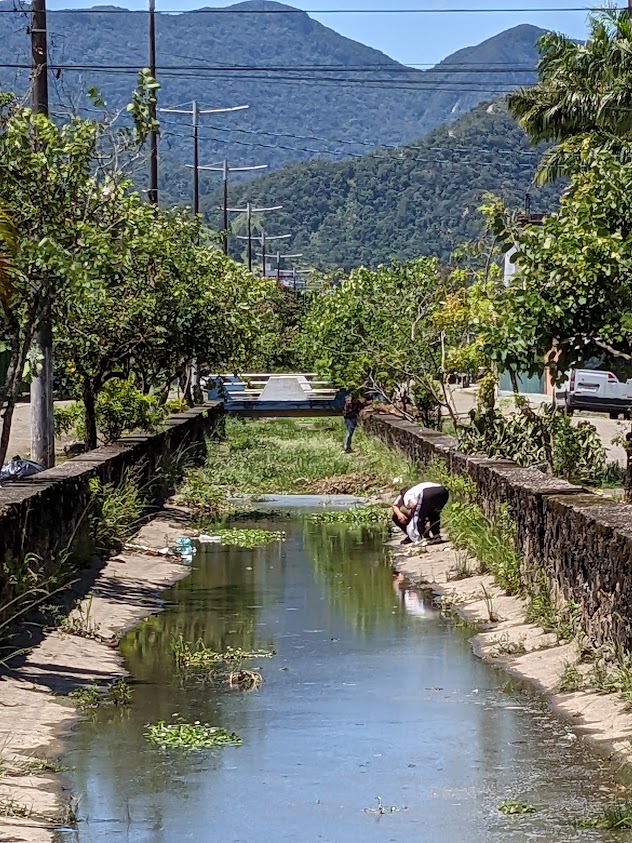Published: 02/12/2022
By Jamie Hansen, Global Health Communications Manager
Schistosomiasis, spread by freshwater snails, affects more than 200 million people in many tropical regions of the world. It can cause long-term, irreversible consequences such as stomach pain, enlarged liver, and cancer. Public health officials worry that land use change and shifting rainfall patterns could dramatically shift the locations where the snails, and therefore the parasite, can thrive.
In Brazil, climate and other human-made environmental changes threaten decades-long efforts to fight this widespread and debilitating parasitic disease. Now, a partnership between disease ecology researchers from Stanford and their Brazilian colleagues is helping to proactively predict these impacts in Brazil – and beyond.
“For the first time, we have been able to combine tools like long-term snail surveillance records with satellite imagery that tracks agricultural expansion, the growth of urban areas, and climate at fine resolution across entire countries,” said Global Health Faculty Fellow Erin Mordecai, PhD, who co-supervised the work with Global Health Faculty Fellow Giulio DeLeo, PhD. “With these tools, we can map how the habitat for schistosomiasis-transmitting snails is changing across Brazil with unprecedented precision. This helps us to understand where schistosomiasis could appear next.”
In 2021, a project supported by the Belmont Collaborative Forum on Climate, Environment and Health, the US National Science Foundation, São Paulo Research Foundation (FAPESP) and the Stanford Global Health Seed Grant, enabled disease ecology experts from Stanford and Brazil to collaboratively build tools to predict the effects of environmental changes on the disease-spreading snails.
The collaboration is helping epidemiologists and researchers update their paradigms about schistosomiasis in Brazil and prioritize public health interventions in light of environmental changes.
Two forthcoming publications will highlight the findings of this research collaborative. In one, Aly Singleton, a PhD student in Stanford’s Emmett Interdisciplinary Program in Environment and Resources, analyzes how a tool called species distribution modeling can best be used to predict how changes in temperature, rainfall, and urbanization will affect snail distributions in the future. She hopes her paper will help researchers around the world adapt this powerful tool to understand climate and land use change’s impact on a range of diseases.
“Despite species distribution models becoming increasingly popular tools, there are still a lot of open questions about how to best build the models,” Singleton said. “I wanted to create a resource that could inform our team’s efforts and also be useful to researchers using these methods around the world.”
Singleton’s colleague Caroline Glidden, PhD, a senior scientist in the Mordecai Lab and postdoctoral fellow with Stanford’s HAI, has applied this methodology to better understand how climate and land use change impacts snail distribution in Brazil. Her forthcoming publication will share findings about how precipitation and land use change have driven changes in snail distribution throughout the last three decades.
“The analysis that Caroline Glidden and Aly Singleton conducted with our colleagues in Sao Paulo State has clearly identified, for the first time, rapidly growing informal settlements both in rural areas or at the outskirts of urban centers as the most likely habitat for the snails as well as potential transmission hotspots for schistosomiasis”, said De Leo. “These findings open new opportunities for disease surveillance and for interventions that can reduce the risk of schistosomiasis transmission”.
Check back for news on these publications this spring.

